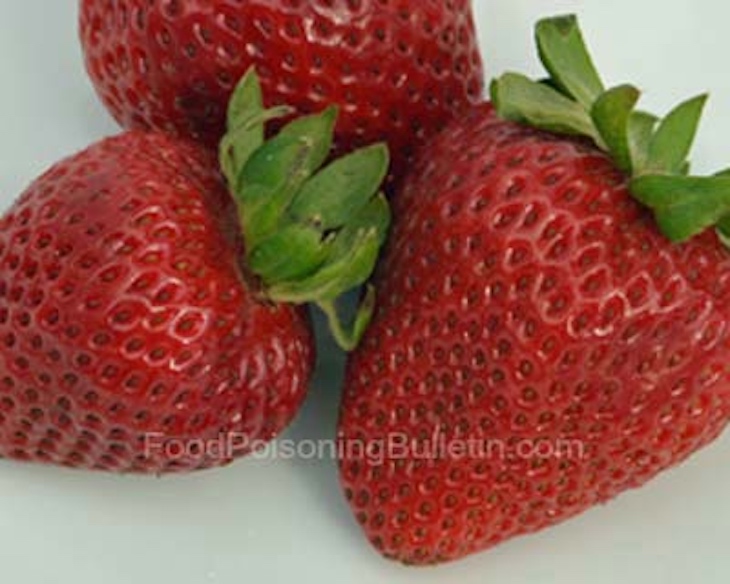The number six outbreak of 2022 was the hepatitis in strawberries outbreak that sickened at least 19 people in four states. Thirteen of those patients were hospitalized, which is very high for this type of outbreak. This hepatitis A outbreak ended in August 2022. The illnesses were linked to HEB organic strawberries and FreshKampo strawberries.

The case count by state was: Arizona (1), California (16), Minnesota (1), and North Dakota (1). Illness onset dates ranged from March 28, 2022 to May 6, 2022. The patient age range was from 9 to 73 years. There were 18 confirmed cases and one probable case.
The outbreak was solved through epidemiologic and traceback evidence. Seventy-three percent of patients said they ate fresh organic strawberries before they got sick. The strawberries were imported from Baja California, which is a state in northern Mexico.
Hepatitis in strawberries and other berries has been an issue for some time. The FDA developed a prevention strategy in the summer of 2022 and planned to resume an assignment to collect and test frozen berries that was paused during the COVID-19 pandemic.
The berries may have been sold at these retailers: Kroger, HEB, Safeway, Trader Joe’s, Walmart, Sprouts Farmers Market, Weis Markets, and WinCo foods. People may have frozen the berries to use in recipes. If you aren’t sure whether or not any berries frozen in your freezer are these berries, discard them.
Symptoms of hepatitis A start 15 to 50 days after exposure. Patients experience upset stomach, loss of appetite, stomach pain, fever, diarrhea, vomiting, lethargy, dark urine, light colored stools, and yellow skin or eyes. If you have been experiencing these symptoms, see your doctor.

If you have been sickened with a food poisoning infection, please contact our experienced attorneys for help with a possible lawsuit at 1-888-377-8900 or text us at 612-261-0856. Our firm represents clients in lawsuits against grocery stores, restaurants, and food processors.




